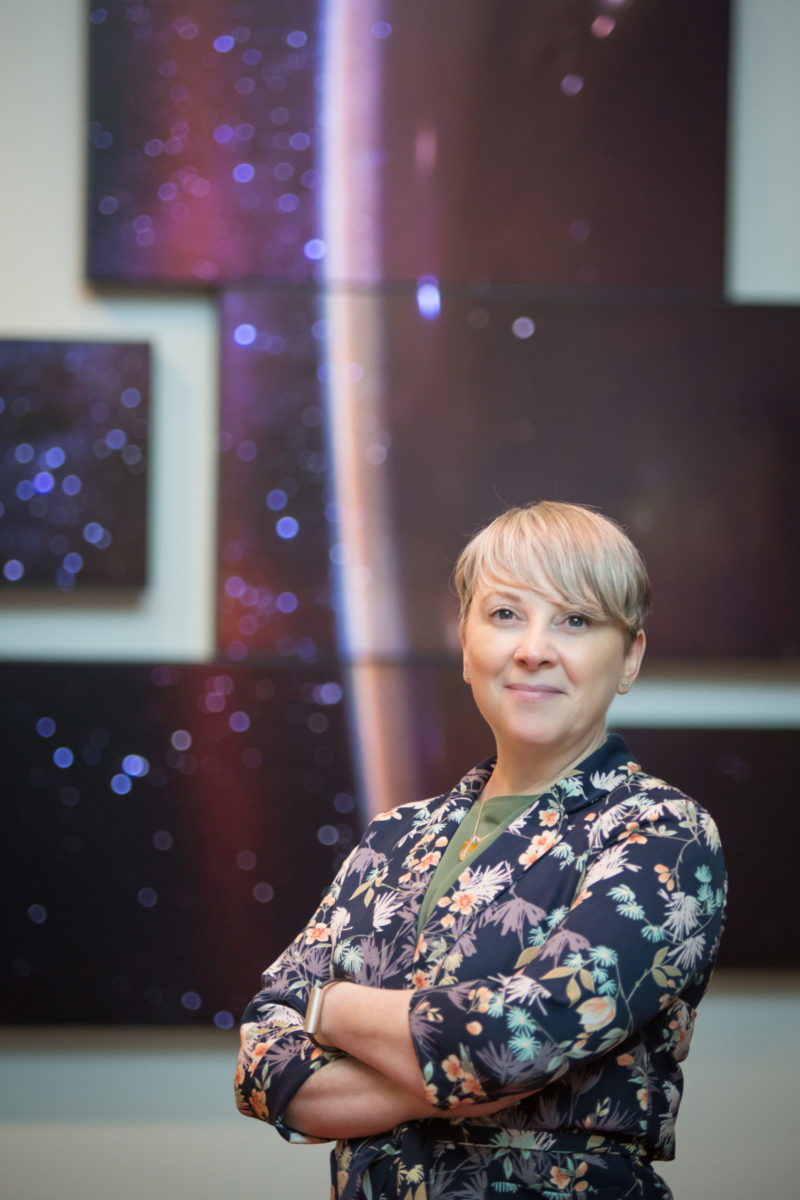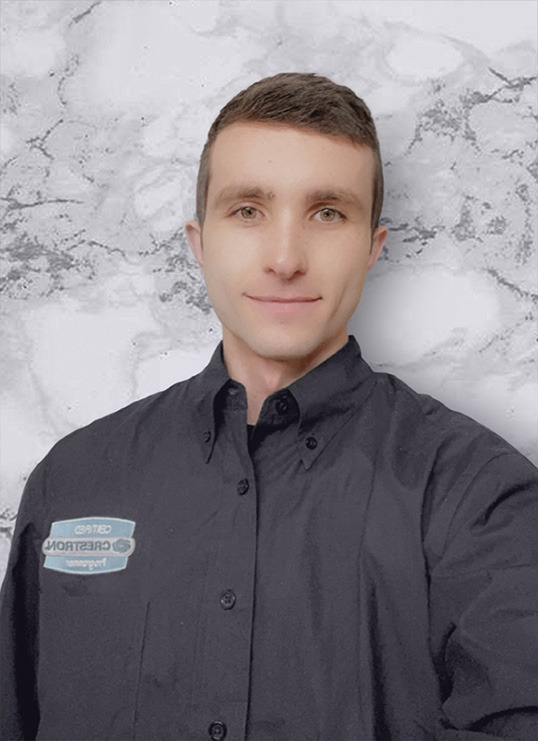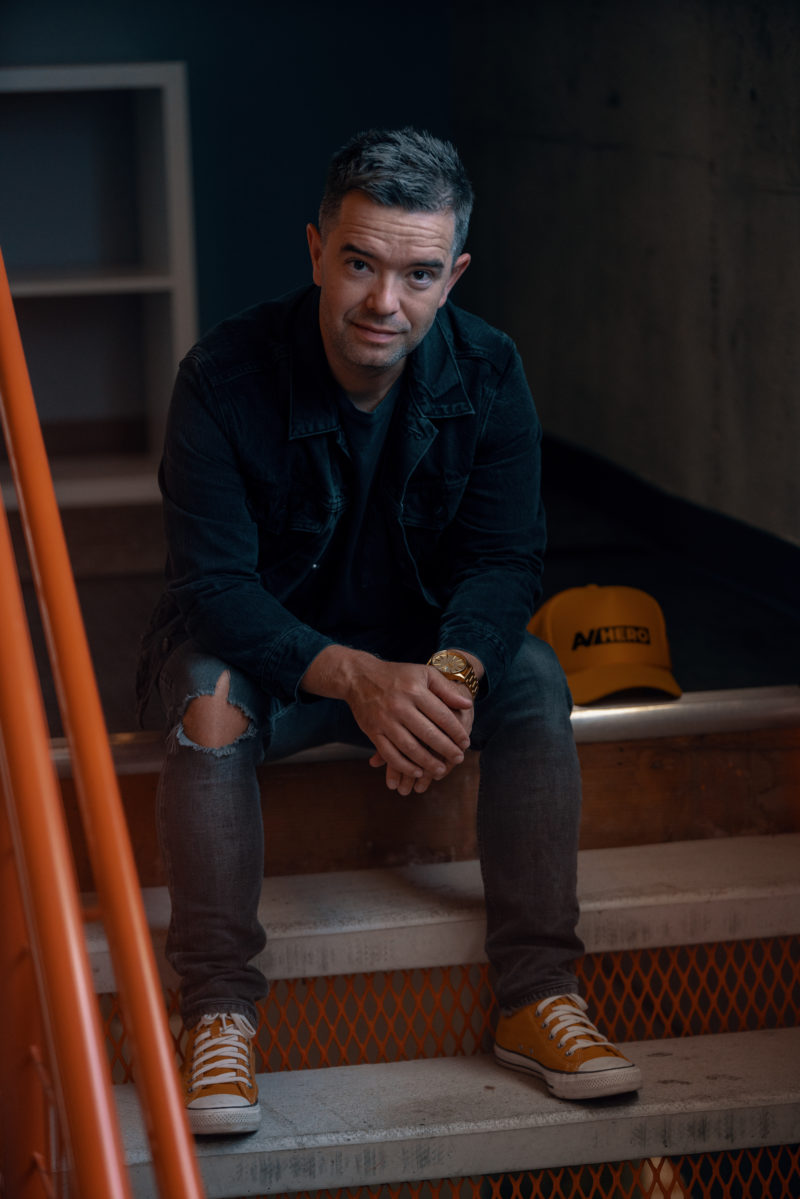AV Insider Spotlight : Jason Jaworski, CTS – Multimedia and Audio Video Consultant
Each week, I am highlighting some of the incredible people who are in the Audio Video Industry. As this blog is mostly about AV insiders, today we are profiling Jason Jaworski.
Here is a brief intro about him.
 Jason Jaworski has worked in the Audiovisual industry for over12 years. As of this article being published he is currently VP of Federal Practice of Unassailable Solutions.
Jason Jaworski has worked in the Audiovisual industry for over12 years. As of this article being published he is currently VP of Federal Practice of Unassailable Solutions.
Please drop your questions in the comments below and I will make sure that he sees them.
1.Describe your journey in the AV industry? How did it start?
My journey is in the AV industry is unique. To appreciate my journey I need to take you to the beginning of my career. I have a military background where I repaired and deployed ground based electro optical weapons systems in the Marine Corps. I also had a secondary MOS of Close Combat Instructor. When I left the Marines, I continued in the Electro-Optics field working as a contractor supporting the Army. I quickly realized it wasn’t what I wanted to do long term and changed career fields to physical security. I started off as a basic technician installing access control, intrusion detection and CCTV systems in government facilities. Without getting into a lot of detail, that put me in touch with some unique organizations and individuals that encouraged me to work with them and support technical security and counterintelligence operations. This is where I designed and built my first two operation centers. I oversaw the design and implementation of a physical security center and Counterintelligence briefing and debriefing center using two Activu systems, and some of the very first Mitsubishi DLP Cubes. I continued in that field where I worked for a few small businesses supporting various military and government organizations. I spent two years at a Special Mission Unit and eventually accepted a senior position with the Department of Homeland Security (DHS), as a Sensitive Compartmented Information Facility (SCIF) Accreditation Officer. I loved my job at DHS as I felt like I was making a difference protecting people, facilities and information in a more effective way. I found myself in a SCIF where an operation center was included in the design, and just so happens Activu was the company and system being used. Due to the multiclassification system being deployed I was asked to review the design for compliance with TEMPEST and Signal Isolation requirements and provide my recommendations to the Certified TEMPEST Technical Authority (CTTA), and to Activu. During the process Activu asked if I was interested in joining their team. So, in 2005 I turned in my government credentials to DHS, and I started my career in the Audio Visual industry. What was unique is that I was also starting my first position as a sales person. I had always had technical engineering positions, and now they were asking me to sell. I took what was an almost non-existence presence in the federal market and over 7 years, developed it into the Federal Solutions Group, a $15M/yr division of a rather small company. We focused on developing software based solutions for command and operation centers for the military and government. After 7 years I thought it was time to continue my career and learn other manufacturer solutions, because I wanted a more rounded view of industry capabilities. I joined Technical Innovation, Critical Space Solutions, which would eventually become Diversified, Mission Critical Environments. I was with Diversified from 2014-2017, when my wife and I decided to start Unassailable Solutions. Unassailable Solutions is focused on working with the military and government to design and develop solutions that meet the unique security and operational requirements to improve the capabilities, and Situational Awareness (SA) for the mission and the warfighter.
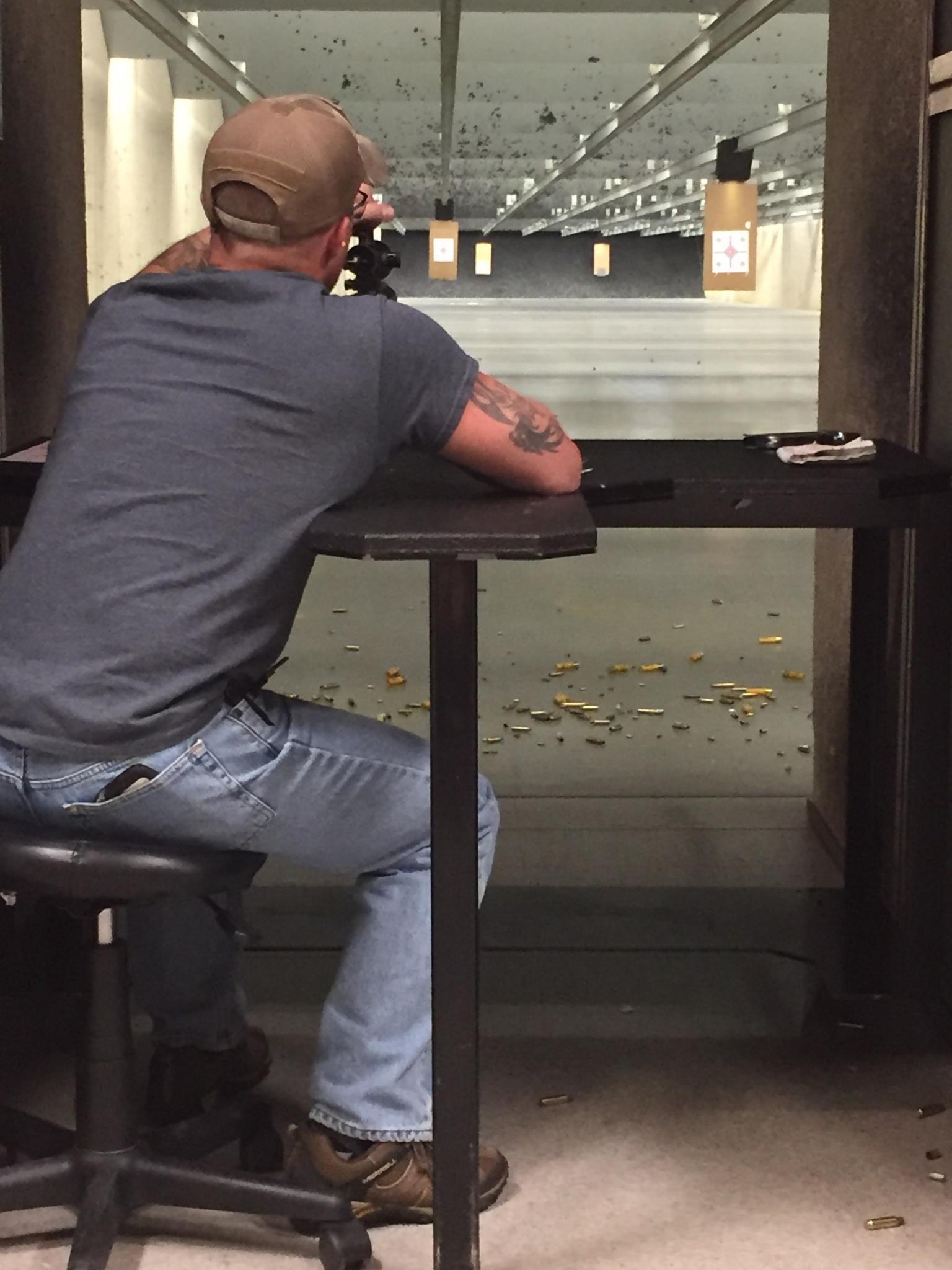 2.What do you think is the challenges that are facing a new person who wants to join the industry?
2.What do you think is the challenges that are facing a new person who wants to join the industry?
What is difficult is the broad spectrum of components and applications due to the position the industry is in today. The AV Industry is in the middle of an explosive new growth in next generation capabilities in both hardware, software, and infrastructure. However there are many resistant to the changes occurring, unable to budget, or need to solve for additional compliance requirements before migration; therefore a new comer must not only understand the new broad range of capabilities, they must also learn many old approaches as well. It is unfeasible to focus purely on the new capabilities without carving out too small a niche especially when working in the federal government space.
 3.What are the positives of working in this industry?
3.What are the positives of working in this industry?
Constantly evolving technology. I am a technologist a heart and I like to see technology evolve to integrate the latest developments in software and hardware. I like when disruptive technologies enter the industry and shake things up. There are also really great people in the industry. I have made personal friends with plenty in the industry, to include those I use to compete against and some I still compete against.
[RELATED] : If you have missed any of the previous interviews, please click here.
 4.What in your opinion would you change in the industry? What are the negatives that are prevalent ?
4.What in your opinion would you change in the industry? What are the negatives that are prevalent ?
I am going to address this question in regards to the market that I support. I feel that most manufacturers do not have individuals to provide them guidance to support the federal market. Being focused on delivering solutions to the federal market, I would like the industry, primarily manufacturers, that are interested in the federal market to design products and solutions that “bake in” security. Develop products in compliance with federal security requirements. Work with customers to be sponsored for JITC testing to be added to the DISA Unified Capabilities (UC) Approved Product List (APL). Develop deployment standards that take into account Risk Management Framework (RMF) security controls. Develop software with security in mind. Use standard methods for ensuring software and firmware vulnerabilities are addressed and documented. Document the development process, document the software, the operating system configuration. Utilize third party Common Criteria, government approved testing facilities to achieve various protection profiles. It is like pulling teeth sometimes to get the information I need to attach a device to a government network, stand alone or enterprise. I have written a white paper on it. I have it posted on my LinkedIn profile.

OLYMPUS DIGITAL CAMERA
5.Describe your ideal client? What do you wish clients to know before hiring you?
My ideal clients are focused on mission critical operations and are looking for a true partnership where there is debate and discussion to develop the best possible solution for them, not necessarily the lowest cost solution. That can be a military operation center, cyber operation center, 911 center, disaster response center. It can be a government or commercial organization, but they have to want to work with a company who truly cares about their mission. In many of the cases the systems and facilities I design and specify technology for support the war fighter, law enforcement and or national security, directly or indirectly. I truly care about the war fighter, law enforcement national security and supporting real world operations. I want the technology I specify and design into a solution to improve a leader’s / commander’s / watch officer’s ability to make informed decisions, and disseminate information to allow subordinates to make decisions that will save a life, or protect a system and protect our country. General Mattis said that “Doctrine is the refuge for the unimaginative” and I really like that quote because it makes me think outside the box and be unconventional. Doctrine to me is the starting point of a design.
 6.If you were going to start over, what would you do differently ?
6.If you were going to start over, what would you do differently ?
Absolutely nothing! I am not one to look back. I learn from the past and keep charging forward.
7.Describe a typical work day for you. What are your daily disciplines?
Nontypical is typical for me. I work from home. I have worked from home since 2005 and it is hard for me to imagine working from an office everyday. I rarely have a typical work day, and glad that I don’t. I have always been a person that embraces change, and adaptation. I can work from my office, an airport, a restaurant. I do whatever it takes on a daily basis to be successful. Some days that means writing proposals from sun up to sun down. Other days you could find me in a suit conducting high level meetings and the next day I will be in a ceiling pulling wire, taking out trash from a customer site, setting up equipment in a test environment. The one thing I try and find time for almost every day is exercise, typically at the end of the day. Whether I am running, cycling, swimming, rowing, lifting or doing cross-fit, it is my release and allows me to clear my mind.
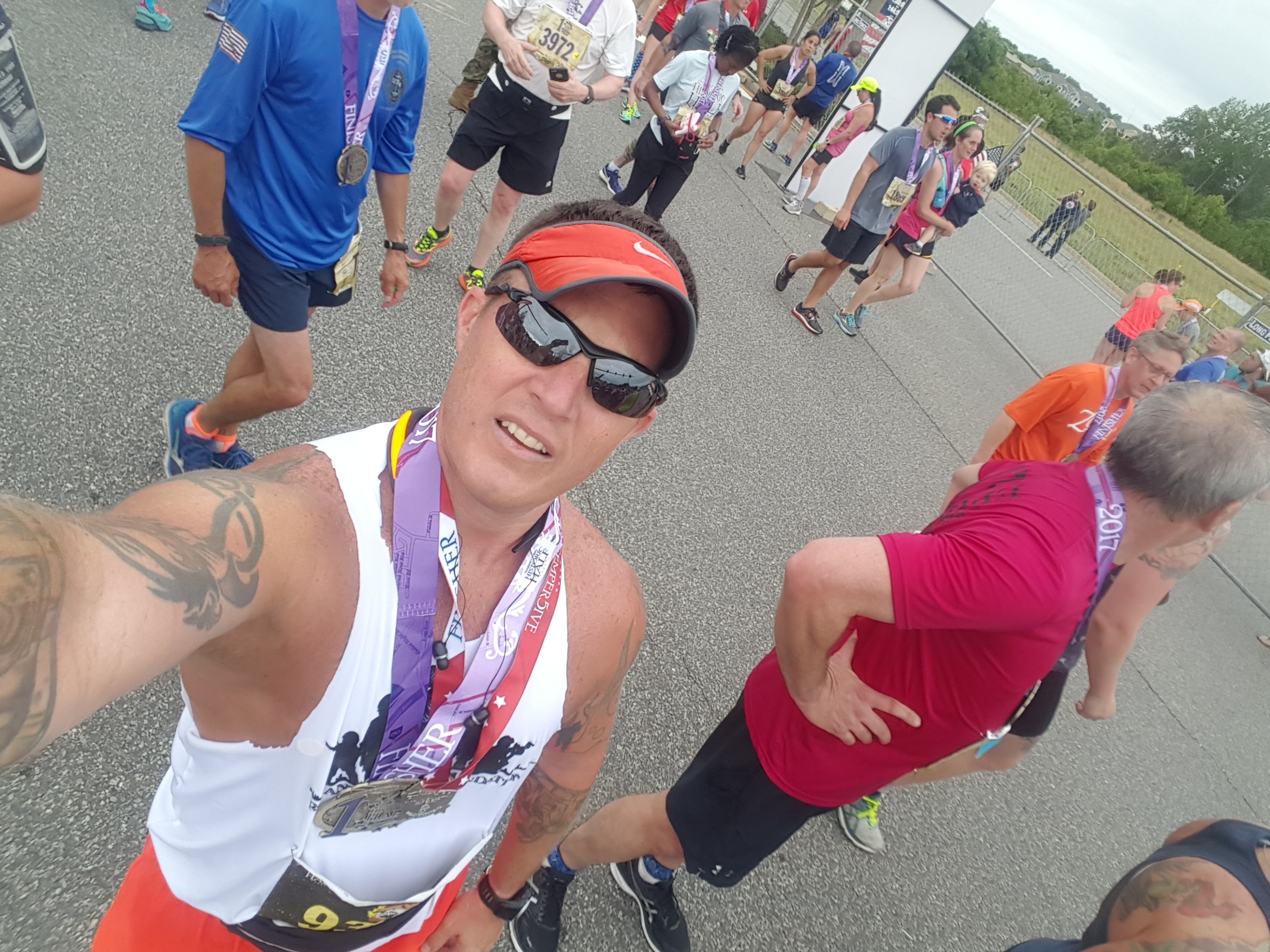 8. How do you stay relevant in this industry?
8. How do you stay relevant in this industry?
I stay relevant by not designing cookie cutter solutions, that use the same industry “go to” products. I am not afraid of new solutions and products, I embrace them. I seek them out, learn about their architecture and benefits, vet there performance, reliability, and most important manufacturer support. I then look for the first opportunity to include them in a design that will benefit from the functionality and feature set. Anyone who knows me, knows I like to rock the boat when it comes to my designs. I don’t rock the boat for the sake of it but more to demonstrate there is more than one pathway to success. You can walk the path that everyone walks, experiencing what everyone experiences, or create your own path and your own experience. I like to use software, because of the flexibility it typically offers. I find the government market tends to use the same industry products by name brand because in many cases they do not have a trained converged media specialist. I seek to break the cycle. I stay relevant by translating government needs into technical functional requirements that the industry can respond to. I am not here to “flip” products or specs, but I am here to ensure that my customers know there are options. I attend webinars, trade shows, not only in regards to technology but also events that are relevant to the government market. Knowing what regulations are impacting how technology is purchased configured and deployed is important. I use LinkedIn rather heavily to keep up with manufacturers and topics that are of interest to me. I also listen to various pod and web casts from time to time.
 Please connect with him on Linkedin and check out his company website.
Please connect with him on Linkedin and check out his company website.
*****
Did you like this post? Connect with me on LinkedIn or just sign up for my free email newsletter.



